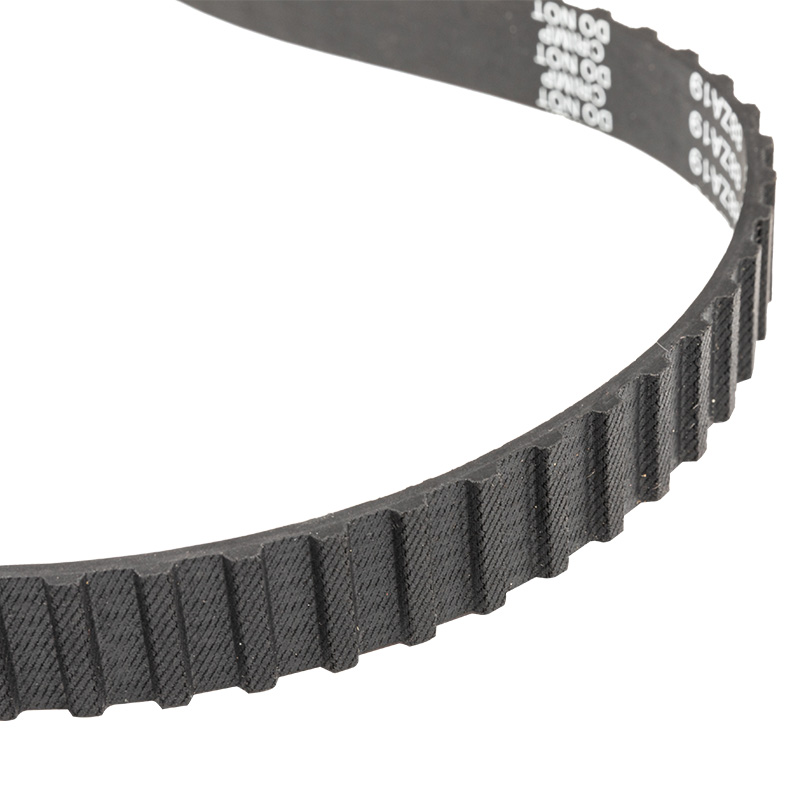Break-in Period: The break-in period post-timing belt replacement is a crucial phase aimed at optimizing the belt's performance and longevity. This period typically spans the initial few hundred miles of driving. During this time, it's imperative to exercise restraint in driving behavior, avoiding abrupt acceleration, high engine speeds, and heavy loads. Such cautious driving allows the belt to settle into its operational position, minimizing the risk of premature wear, stretching, or misalignment.
Check for Proper Tension: Adequate tensioning of the timing belt is paramount to its effective operation and longevity. Over-tensioning can subject the belt and associated components to undue stress, leading to accelerated wear, while insufficient tension may result in slack, compromising timing accuracy and potentially causing catastrophic engine damage. Rigorous attention to proper tensioning procedures safeguards against premature belt failure and ensures consistent engine performance.
Verify Timing Marks: Precision alignment of timing marks is non-negotiable post-timing belt replacement to maintain engine synchronization and prevent catastrophic mechanical interference. Any deviation from the prescribed alignment warrants immediate corrective action to rectify potential timing discrepancies. Precision in timing mark alignment is paramount for optimal engine function, preventing valve-piston contact, and safeguarding against costly engine repairs.
Inspect Adjacent Components: Concurrent inspection of ancillary components such as the tensioner, idler pulleys, and water pump is integral to ensuring comprehensive timing system integrity post-belt replacement. Conduct a thorough examination of these components, scrutinizing for signs of wear, damage, or improper installation. Addressing any abnormalities promptly mitigates risks of component failure, belt misalignment, or system malfunction, fostering sustained engine reliability and performance.
Monitor for Leaks: Diligent post-replacement monitoring for fluid leaks, particularly around the water pump and associated seals, is imperative to preempt potential coolant loss and overheating-related complications. Conduct visual inspections and utilize diagnostic tools to detect any signs of leakage promptly. Timely identification and resolution of leaks are critical for preserving engine integrity, preventing coolant contamination, and mitigating risks of engine overheating and consequential damage. Proactive leak detection measures are indispensable for maintaining optimal engine performance and longevity.
Perform a Test Drive: A comprehensive post-replacement test drive serves as a crucial evaluation of the timing belt's functionality and the overall health of the engine. During the test drive, assess engine responsiveness, smoothness, and audible vibrations. Vigilantly observe for any irregular engine behavior, such as belt slippage, misfires, or unusual noises, which may indicate underlying issues requiring further investigation. Thorough test driving allows for real-time assessment of timing belt performance, facilitating timely intervention and remediation of any emerging concerns to uphold engine reliability and drivability.
Document Maintenance: Thorough documentation of timing belt replacement procedures and associated maintenance tasks serves as a vital resource for future servicing and reference. Record pertinent details such as mileage, date of service, replacement components, and any relevant observations or adjustments made during the procedure. Maintaining detailed maintenance records enables informed decision-making regarding future service intervals, facilitates proactive maintenance planning, and contributes to comprehensive vehicle history documentation. Consistent documentation practices are instrumental in promoting accountability, traceability, and optimal vehicle maintenance practices.
Automotive Timing Belts




 English
English 中文简体
中文简体

 View More >>
View More >> View More >>
View More >> View More >>
View More >> View More >>
View More >> View More >>
View More >> View More >>
View More >> View More >>
View More >> View More >>
View More >> View More >>
View More >> View More >>
View More >> View More >>
View More >> View More >>
View More >>
